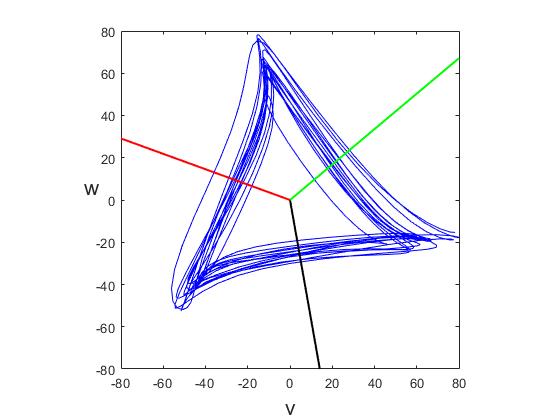Philip Aston has recently had two papers accepted. The paper “ECG Feature Importance Rankings: Cardiologists vs. Algorithms” will be published in the IEEE Journal of Biomedical and Health Informatics. It came out of the MedalCare project at NPL. There are many methods for ranking features according to importance for a given classification task but the rankings from different methods often disagree. We put feature importance methods to the test using ECG features to distinguish three specific pathologies from healthy subjects, comparing to features used in cardiologists’ decision rules as ground truth. By using a scoring system, the paper is able to identify which methods did well and which methods performed poorly.
The second paper “Photoplethysmogram Beat Detection Using Symmetric Projection Attractor Reconstruction” will be published in the Computational Physiology and Medicine section of Frontiers in Physiology. Surrey student Callum Pettit worked on this paper which presents a novel method for photoplethysmogram (PPG) beat detection using the Symmetric Projection Attractor Reconstruction (SPAR) method. A SPAR attractor is generated in a two dimensional phase space from the PPG signal and a line through the origin is used as a Poincare section, as is common in dynamical systems. Beats are detected when the attractor trajectory crosses the Poincare section. Performance of our method was comparable to one of the best algorithms identified in a recent benchmarking study of 15 beat detection algorithms and performed better than two others in the accuracy of the inter-beat intervals for two resting subjects. The picture below is Figure 3a from the second paper.

